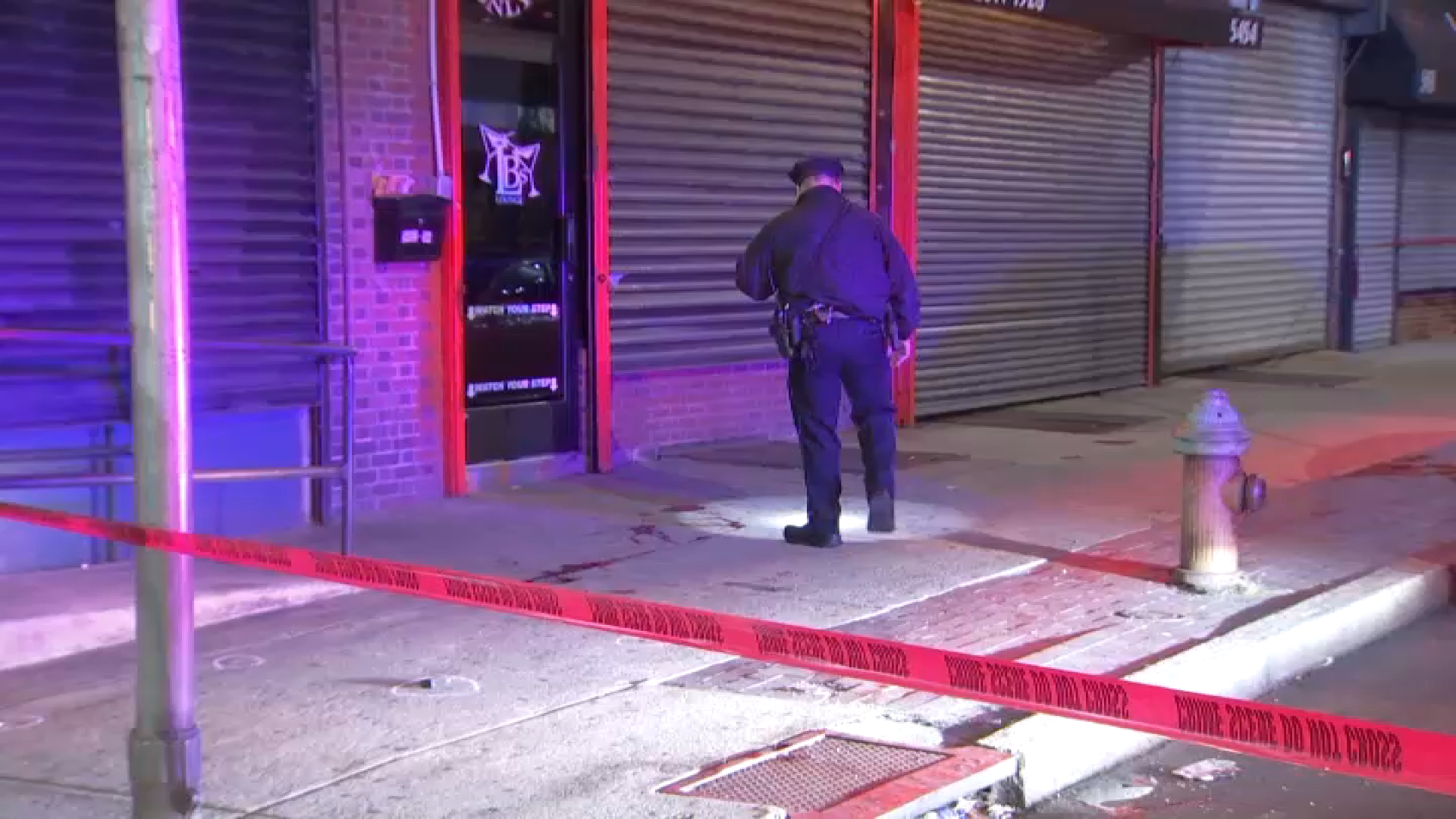Hurricane Irene thrashed violently through Philadelphia, touching off at least one tornado, raising the Schuylkill River to levels not seen in 140 years, and drenching the Delaware and Jersey shores overnight as forecasters warned flooding conditions will get worse over the next couple days.
"There's still more storm to come, don't be deceived...so we still need folks to stay in," Mayor Michael Nutter warned Philadelphia on Sunday morning.
At about 8 a.m. Sunday, meteorologist Bill Henley said that the worst of the storm has passed the South Jersey, Delaware and Philadelphia area. The hurricane was downgraded to a tropical storm as it reached Coney Island in New York about 9:15 a.m. But local flooding continues are water levels rise.
Mayor Nutter said Philly's been doing a great job so far staying safe during Irene.
"Keep doing what you've been doing," Nutter said. "Look out for each other, be safe, be calm. Don't make judgments that'll cause you to be in unnecessary harm."
And perhaps, most importantly, he warned: "If you don't have to be outside right now, stay inside."
The hurricane made landfall near Little Egg Inlet, N.J., about 5:30 a.m. Sunday, less than 12 hours after spinning off a tornado in Sussex County, Del. just south of Lewes Saturday night. One home was demolished and more than a dozen homes were damaged in the Nassau Station and Tradewinds Subdivisions about 7 p.m. Saturday.
"The hurricane we expected," said a local man who witnessed the destruction. "The tornado is really a shock to me... And it happened out of nowhere."
With severe flooding threatening much of the region and Hurricane Irene killing at least 10 people in four states as it moved up the Eastern Seaboard, Philadelphia Mayor Michael Nutter declared a state of emergency for the first time since 1986.
"This could be the worst storm event to hit the Philadelphia area in 50 years," Nutter warned.
About 139,000 area residents lost power as Hurricane Irene brought lashing rain and wind gusts of up to 54 mph at the Philadelphia International Airport. Tornado warnings were issued in southeastern Pennsylvania.
Local
Breaking news and the stories that matter to your neighborhood.
During a Saturday night emergency briefing the mayor said he expects the Schuylkill to crest at 15 feet and other creeks, rivers and streams to flood -- threatening nearby streets.
"That is historically significant," Nutter said of the Schuylkill. "We have not seen that level of cresting since 1869."
Eight to 15 inches of rain could fall in some areas around Philadelphia, and NBC10 Chief Meteorologist Glenn “Hurricane” Schwartz has warned that it will only take two inches of rain in most areas to cause flooding because of the drenching the region already has endured this summer.
Irene brought winds of nearly 70 mph along the coast and 40 to 60 mph inland. In some areas in Darby Township, Pa., floodwaters were rising throughout Sunday morning.
As the hurricane was moving into the area Saturday, Pennsylvania Gov. Tom Corbett predicted the flooding after a briefing with FEMA and President Obama.
"We do anticipate severe flooding, not only in Southeastern Pennsylvania, but there is potential for severe flooding in the Lehigh Valley, in Northeastern Pennsylvania and there is the potential for flooding in portions of Central Pennsylvania," Corbett said.
The governor said he was concerned that aside from the Philly suburban area, people may not be taking the flooding threat seriously enough. Corbett declared a state of emergency and mobilized 1,750 National Guard members to help in flood-prone areas.
Hurricane Irene began pummeling the East Coast since early Saturday morning, killing at least 10 people, including two children, and leaving about four million people without power across the Mid-Atlantic and Northeast.
Steady wind and rain began in Cape May, Atlantic and Cumberland Counties before noon with the heaviest rain and hurricane-strength winds hitting the area overnight and into Sunday.
Earlier Saturday residents who had failed to leave Atlantic County got one last good chance to get out when N.J. Gov. Chris Christie ordered the state to send in additional buses to evacuate anyone who was still looking to flee.
“I would ask you to please allow us to protect you. You’re correct, I cannot force you to leave your home and I’m not certainly not going to place you under arrest to make you leave. But we really do have your safety first and foremost in our minds. Let us just walk you downstairs and put you in one of these buses,” Christie said Saturday afternoon.
Ninety-percent of residents evacuated Atlantic County, but about 600 remained throughout the hurricane, including many seniors. The Best of Life Park senior center in Atlantic City, a 13-story high rise, hadabout 80 residents who defied evacuation orders, according to manager Dorothea Arlotta.
Nearly 6,000 people crammed in shelters, like the one at Rowan University, which is crowded, but no one was turned away.
"We've been putting out a call for diapers and also the Red Cross is asking for clothes, for sweaters, for sweatshirts, for pants, because literally people are coming here with nothing," said NBC10's Lu Ann Cahn who has been reporting from the shelter.
Just outside Dagsboro, some 350 people crowded into a Red Cross shelter at Indian River High School. Emergency medical crews dropped by periodically to check on the evacuees.
Shelter director Shelly Talmo said many evacuees were elderly people with medical issues. In the school gym, hundreds huddled on mats and cots, heaped with blankets and pillows, books, magazines, coolers, and whatever else they could bring with them. One family brought a small TV, but there didn't appear to be a cable signal.

Everything Irene:
- Watch Live: NBC10 Continuous Coverage
- Live: Tracking Irene
- Rainfall Totals
- See Who's in Irene's Path
- Hurricane Tips and Survival Kits
- Shelters in South Jersey Packed
- Closings & Cancellations
- Irene Evacuations
- Road Closures
- State of Emergency
- Sign up for text alerts from the Federal Emergency Management Agency
- Power Outages
Hurricane Irene Photos:



